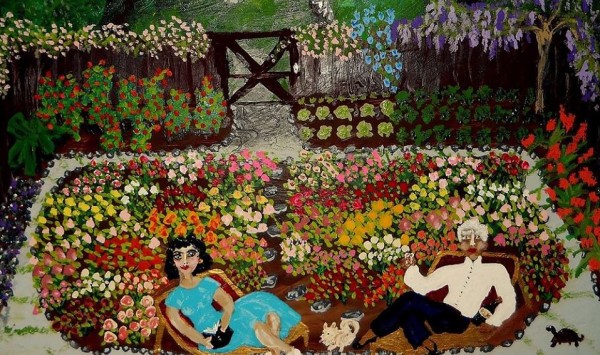“PEACE” COMES TO STUYVESANT EAST (1921)
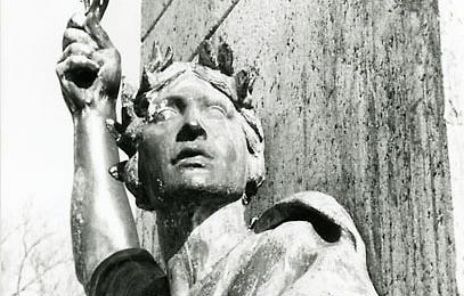
******************************************************************************************************************************** Brownstone Detectives investigates the history of our clients’ homes. The story you are about to read was composed from research conducted in the course of one of those investigations. Do you know the history of YOUR house? ******************************************************************************************************************************** In 2014, The Brownstone Detectives partnered with the New York City Parks Department to help celebrate the lives of the servicemembers of Bedford-Stuyvesant Heights who made the ultimate sacrifice during the Great War. We researched these heroes to locate pictures, stories, and their descendants to be brought together for a ceremony that dedicated a new “Victory and Peace” war memorial at Saratoga Park. ******************************************************************************************************************************** After nearly three years of mourning, Stuyvesant East was ready to remember its dead in a very public way. On 11 September 1921, after neighbors in the eastern section of Stuyvesant Heights had spent two years collecting the $6,000 necessary to defray the cost of a war memorial, the Victory and Peace statue was finally delivered to Saratoga Square. With great pomp and circumstance, amid a good deal of political speech-making and the delivery of grandiose eulogies and war veterans celebrating the war’s end, the 6-ton war memorial, sculpted by James Novelli, was unveiled at the Saratoga Avenue entrance to the Saratoga Square in front of more than 3,000 witnesses. “The eastern end of the park had been appropriately decorated with the monument draped in large American flags which at the presentation were dropped by two servicemembers presenting to view the ten-foot Milford granite memorial.” Revealed was […]
WHEN DID SOCKER COME TO BRUKLYN? (1907)
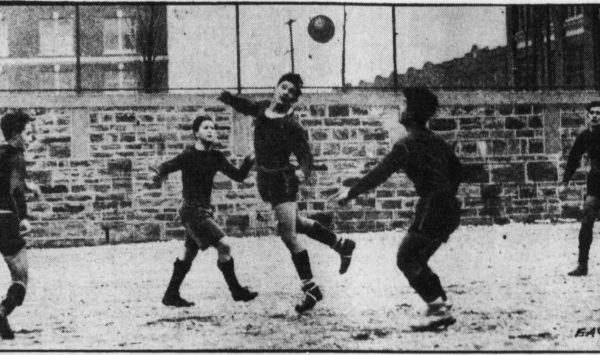
“Socker” wasn’t taken seriously in the U.S. at least until the 1950s or so. Well, I suppose “seriously” is a relative term, as some would say even today that the sport is still not given its fair due. A sport that is played by more people across the world than any other, it was eventually bound to take root in the U.S. With the number of immigrants in the greater New York City area it happened quicker than in other parts of the country. The game took root first at high school, colleges, and in social leagues throughout the city before it became a professional draw. The first mention of “soccer foot ball” in the Brooklyn Daily Eagle, was in 1899 in a story about an Orange Free State club traveling to the U.S. for an exposition. By 1907, there were signs that the game would take in Brooklyn as the Crescent A.C. Socker Team was founded. Crescent AC was the sole Brooklyn club for several years until other parts of the borough began fielding their own teams – such as the Montclair Athletic Club, the Bensonhurst Field Club, and the Staten Island C. & F. C. After this, as more teams were built and more and more Brooklynites were exposed to the game, the sport slowly discovered acceptance and, in some areas, even took on more of an air of respectability. Here are a few pics from down the ages. AMATEUR – 1907 SEMI-PRO – 1912 HIGH SCHOOL – […]
THE BOY WHO COULDN’T MEND (1914)
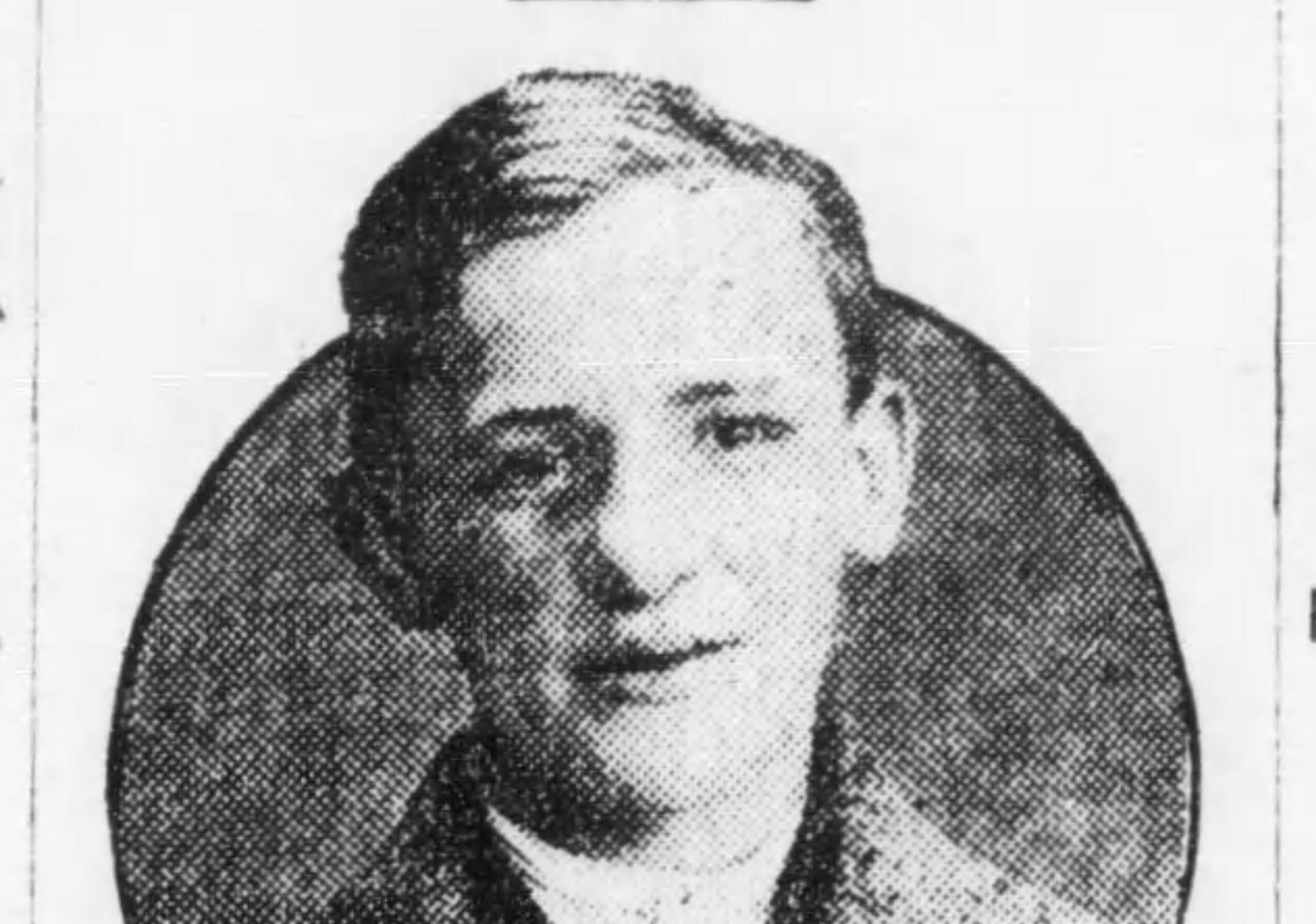
Some criminals just cannot reform. Young Raymond “Angel Face” Beck was a good example. 100 years ago today, the 14-year-old Brooklyn boy was pawning stolen silverware on Atlantic Avenue when the police happened into the pawn shop. NO JUVENILE ASYLUM BUILT COULD HOLD THE “ROBBER CHIEF” Known mostly for his escapes from “prison,” at the time, Raymond Beck, “son of well-to-do parents of 7 Cypress Avenue,” and a self-described “Robber Chief,” had broken out of the Dobbs Ferry Juvenile Asylum a total of four times by 1914. Each time young Beck, “blue-eyed, fair-haired and innocent-looking,” made a B-line directly for Brooklyn and the houses of new victims. Beck would make a career of illegal activity and escaping asylums and reform schools throughout his life. The newspapers are replete with his stories of burglaries and escapes at least through the mid-1920s, when he would finally disappear from the news. But, for the majority of this period, whenever the name Raymond Beck was mentioned in the papers, Brooklynites locked their doors and hid their valuables, as there was a good chance they’d end up in his possession. “ANGEL FACE” RETURNS TO BROOKYLN After the “boy burglar” had most recently been paroled in 1914, he ended up in Brooklyn once again – this time in the parlor of Edward A. Peterson of 567 Eighth Street in Park Slope. Now, Peterson did not know “Angel Face,” but that was not only because the two had never been introduced. Beck simply arrived at Peterson’s home […]
WHERE WAS THIS PICTURE TAKEN? PT. II (1924)
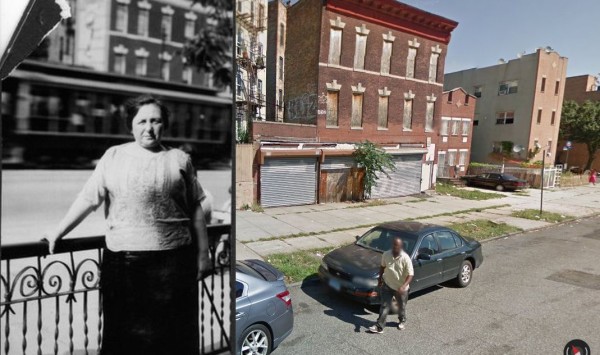
Junior Brownstone Detectives! In last week’s episode, “Where Was This Picture Taken, Pt. I,” we challenged you to a task of monumental proportions: “Study an historic photograph and determine where in Brooklyn it was taken.” As you’ll recall, while the photograph had some distinguishing elements in it, the location of the subject was not immediately discernible. Each of the elements therein could have been found within any of the sections of the borough. We decided, though, that studying the elements of the picture itself, along with just a bit of information about the individual within the picture, we might determine, with great specificity, exactly where the photograph was taken. Today, we are going to review some sources that the Brownstone Detectives use on a daily basis to solve everyday dilemmas such as this one. AN HISTORICAL DETECTIVE’S TOOLKIT Where do we begin when attempting to determine the Brooklyn location of an old photograph? There are a number of resources that can be of use in any mystery such as this. For the particular one we’ve presented you with, though, we will list the resources that we often use and show you how to use them in attempting to find a solution: Ancestry.com – If you have a name connected with the subject in the photo, as we did, this is always a good place to begin your search. At Ancestry.com, using the search function, place any names that you have into the engine, and then see what pops up. With […]
THE SURPRISE OF AUNT PATSY
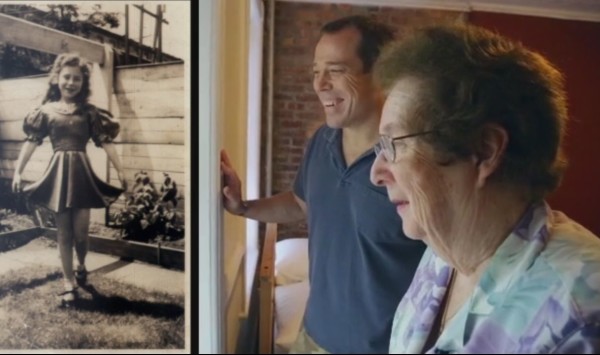
******************************************************************************************************************************** Brownstone Detectives investigates the history of our clients’ homes. The story you are about to read was composed from research conducted in the course of one of those investigations. Do you know the history of YOUR house? ******************************************************************************************************************************** Last year, after an extensive search, I had the pleasure of discovering “Aunt Patsy.” Having located a nephew of hers in Tennessee, I informed him (a bit nervously) about my project – I was writing a book about our Macon Street house (who writes a book about their own house?) – and told him that I’d love to talk with her (if it was possible). I was surprised to learn that she lived quite close by – the next borough over, actually, in Floral Park, Queens. He gave me her telephone number, telling me she would love to see the house again. “She’s quite a character,” he half-warned and half-encouraged me. Over the following months, Patsy and I talked on the phone for stretches at a time about the house, her childhood memories of the block, and sometimes about nothing in particular. Often, she asked me about my family, my work, and about my life in Bedford-Stuyvesant. Through these conversations we began to develop a relationship that was at once effortless and engaging. In a way, at some point during our talks, she “became” Aunt Patsy. Born in 1936, Patsy lived at my Macon Street house for the first 15 years of her life. Her mother, who was in her 40s […]
BUTCHER, BAKER, UNDERTAKER (1895)
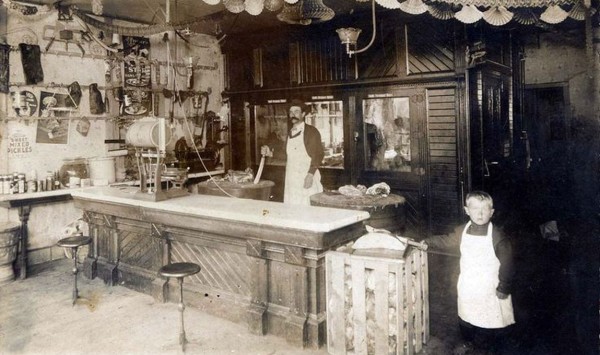
******************************************************************************************************************************** Brownstone Detectives investigates the history of our clients’ homes. The story you are about to read was composed from research conducted in the course of one of those investigations. Do you know the history of YOUR house? ********************************************************************************************************************************As the sleeping giant that is Bedford-Stuyvesant’s Ralph Avenue begins to awaken from its slumber, it is tempting to take a look back at some of the businesses that once lined this bustling thoroughfare. STUYVESANT EAST OF YORE The eastern section of Stuyvesant was alive with industry in the late part of the 19th and the early part of the 20th centuries. As houses had recently been built along the main streets, stores, schools, and churches had gone up along the avenues and on corners, dotting the landscape with their offerings. The neighborhood, after its initial build-up in the 1890s, became completely self-sufficient in terms of goods and services. Residents of Macon Street, like those from the other streets in the neighborhood, found themselves surrounded by a variety of offerings that would allow them – and their servants, in some cases – to satisfy the needs of their families easily and quickly. THE BUSTLING BUSINESS CORRIDOR THAT WAS RALPH AVENUE Starting in the late 19th century, Ralph Avenue became a busy local business corridor filled with a wide variety of shops and stores that suburban families needed to support households of consumers. Since its inception, the avenue had public transportation, in the way of horse-drawn omnibuses and then later a streetcar line, […]
THE METAMORPHOSIS OF A BROOKLYN BLOCK
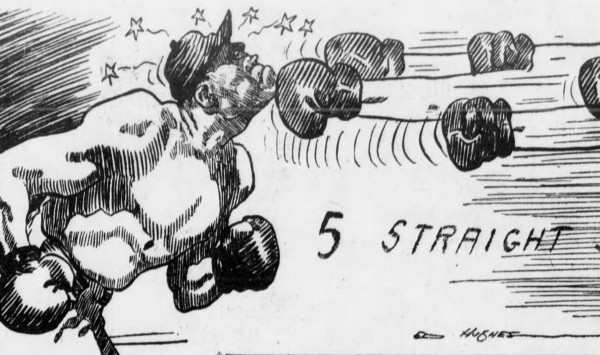
After showcasing some serious open-air ball playing, Saratoga Field was about to go indoors. There it would bear witness to a number of more diverse activities – dancing, fighting, and dreaming. But not necessarily in that order. By 1912, the owners of the block that Saratoga Field had utilized would realize the cash potential of developing the grounds for its marketing to commercial investors. Accordingly, they divided the land up into lots and sold it all off to real estate developers. Shortly afterwards, three new entertainment businesses would appear on the block – the Broadway Boxing Arena, the Halsey Theatre, and the Arcadia Dance Hall, all just across the street from the Brooklyn Rapid Transit (BRT) carbarn and Saratoga Square. THE BROADWAY ARENA The Broadway Arena (also known as the Broadway Sporting Club and the Broadway Exhibition Association Building) sat next to the Halsey Theatre (an alley in between), operating for close to 40 years. It was built around 1912 and had a capacity of 4,500 people. It would become Brooklyn’s top fight arena in the 1930s and 1940s, exhibiting the boxing skills of some of the country’s more well-known fighters, such men as Al Tiernan, Arturo Godoy (who fought Joe Louis in 1940), and Pete Sanstol. By 1951 the Broadway Arena was closed, the victim of competition from the television set. Its last boxing match was held on 29 November 1951. THE HALSEY THEATRE The Halsey Theater, a 2,100-seat theater, which originally presented both vaudeville and silent movies, was […]
